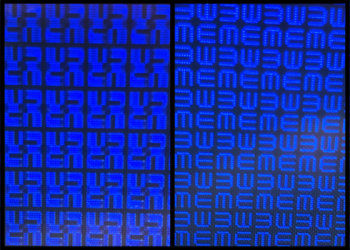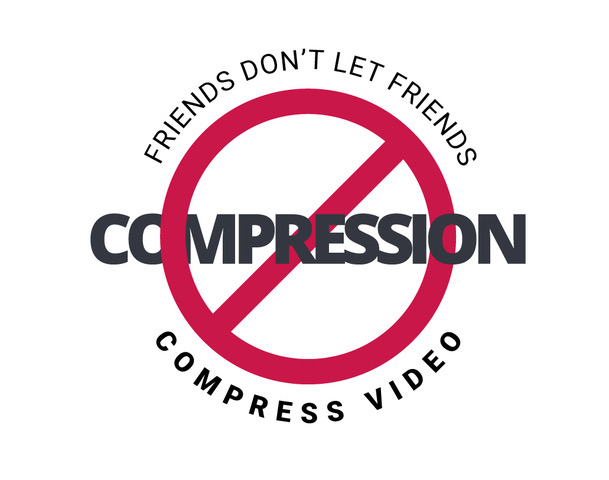The Compression Compromise: HDBaseT and Video Over IP Tradeoffs
Compression wasn’t much of an issue until HDR came along because the bandwidths still fit within the 10G limit supported by HDBaseT, SDVoE, and Video over IP, but that’s changing as more and more HDR content becomes available, and compression is resulting in compromises that are readily visible.
Compression is image or video processing done to reduce the file size often resulting in a tradeoff between picture quality and data. It has become a key component for 4K video with the transition of HDR and higher frame rate content because some links between the source and the display just cannot support the full bandwidth.
Compression of real-time video uses lossy compression techniques because they provide large compression ratios and allow for fast processing. However, this is done at the expense of throwing away data deemed to be less important assuming that in most cases the viewer won’t notice the difference – often coined “visually lossless compression.” This lossy compression takes great video content and degrades it using methods such as lowering the frame rate causing blurring, reducing HDR’s 1.1 billion colors to the standard 8-bit color with only 16.8 million colors causing banding artifacts, or full color/intensity 4:4:4 chroma to 4:2:0 chroma-subsampling.
The good news is that there is no need to compromise! The Real4K HDMI Optical Adapters and Extenders support the full 18 Gpbs video, completely uncompressed and all transmitted over a single optical fiber. The compression compromise is simply unnecessary. Ask your integrator or visit a showroom to see what compression is really costing you with a side-by-side comparison.

Compressed vs Uncompressed Test Image

